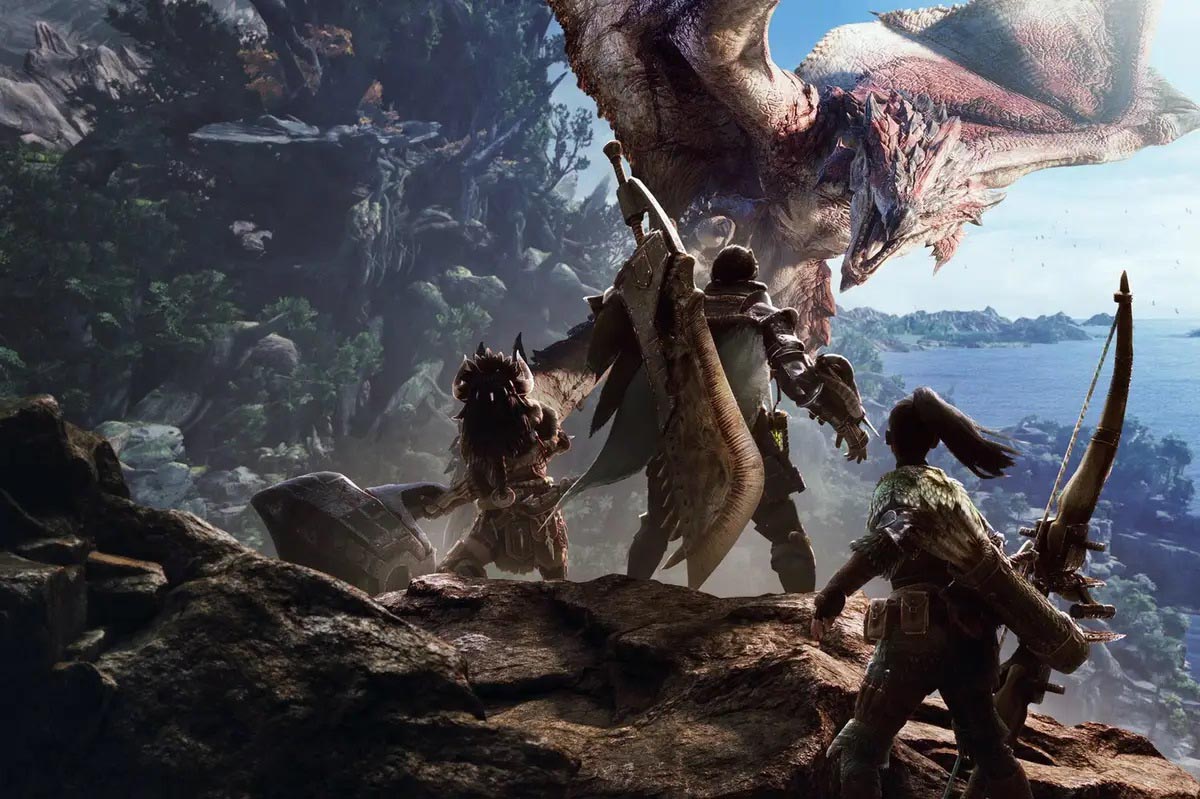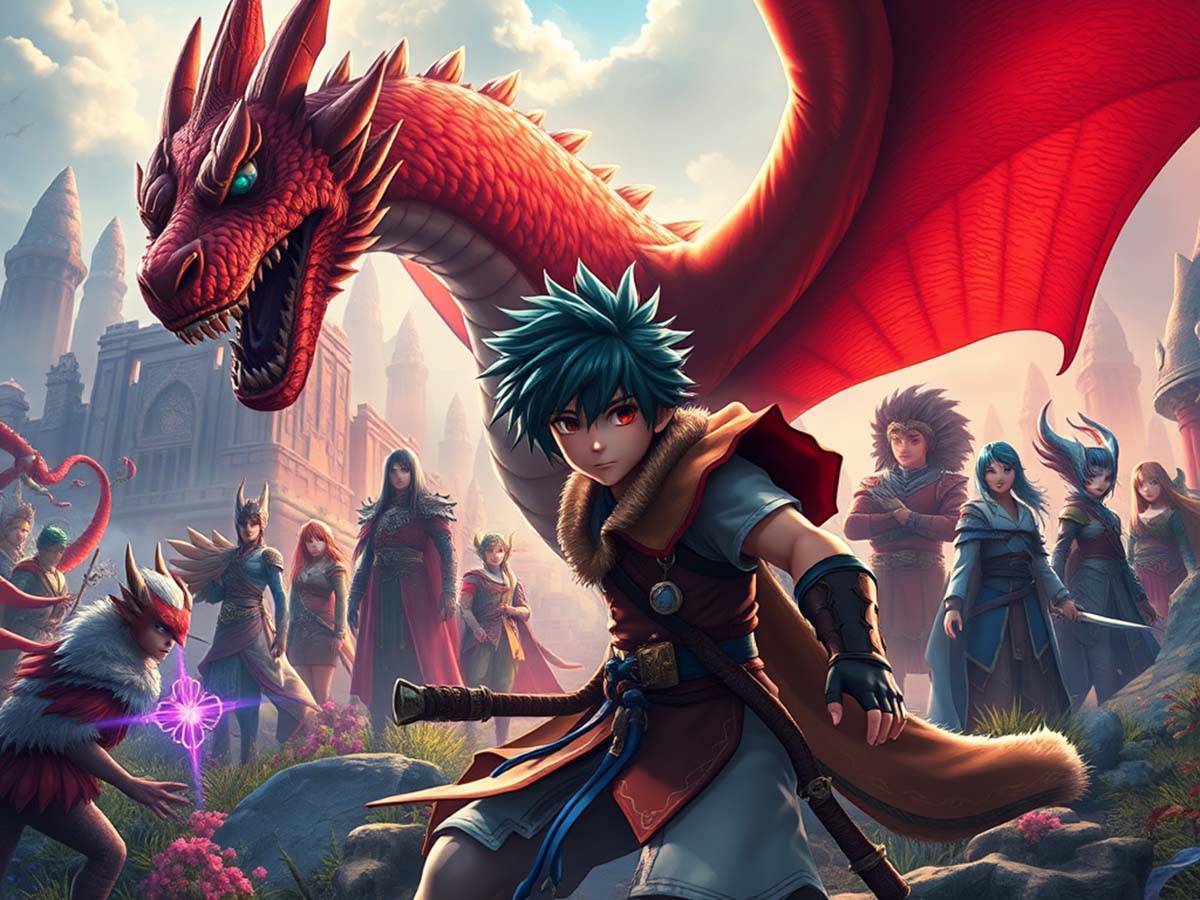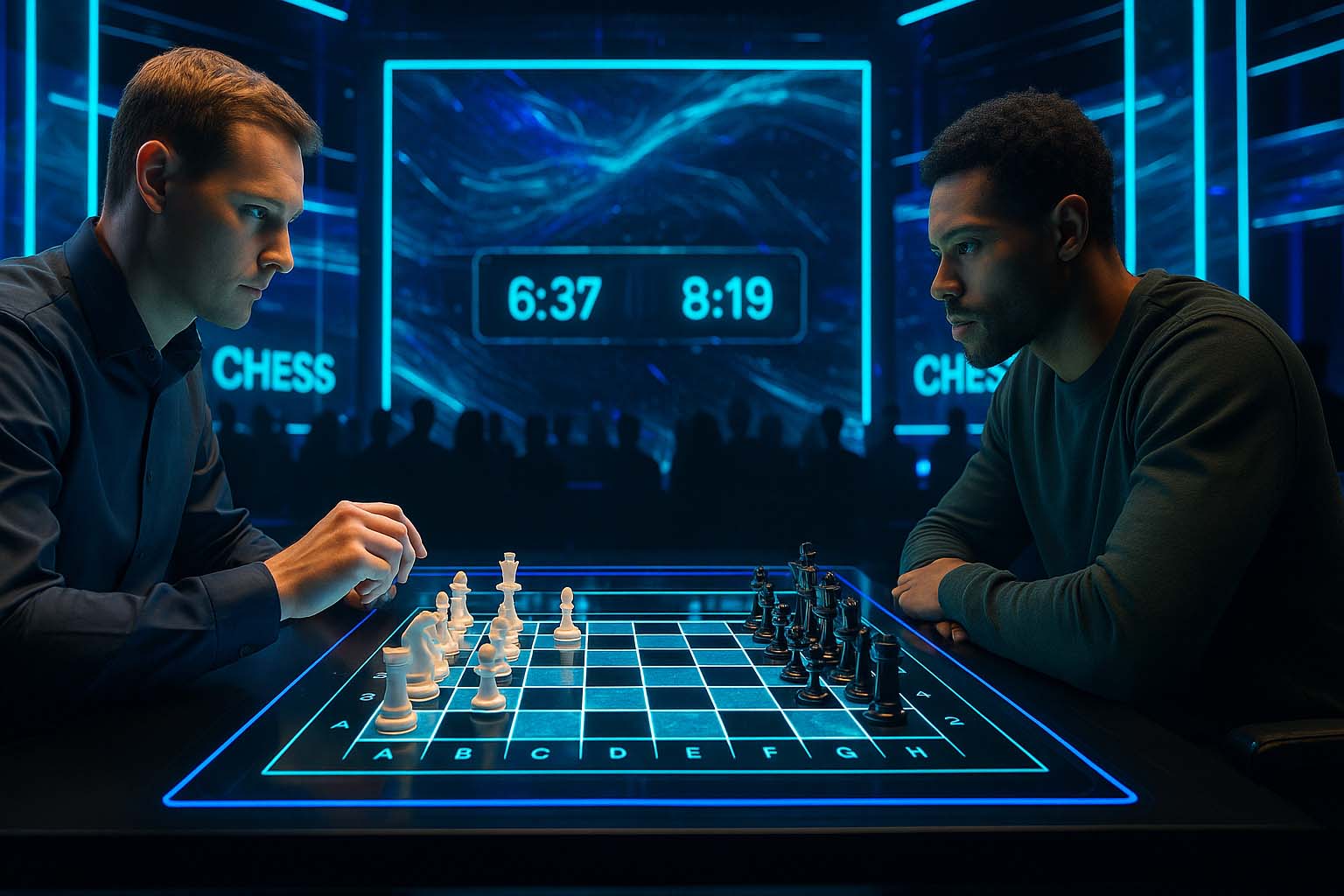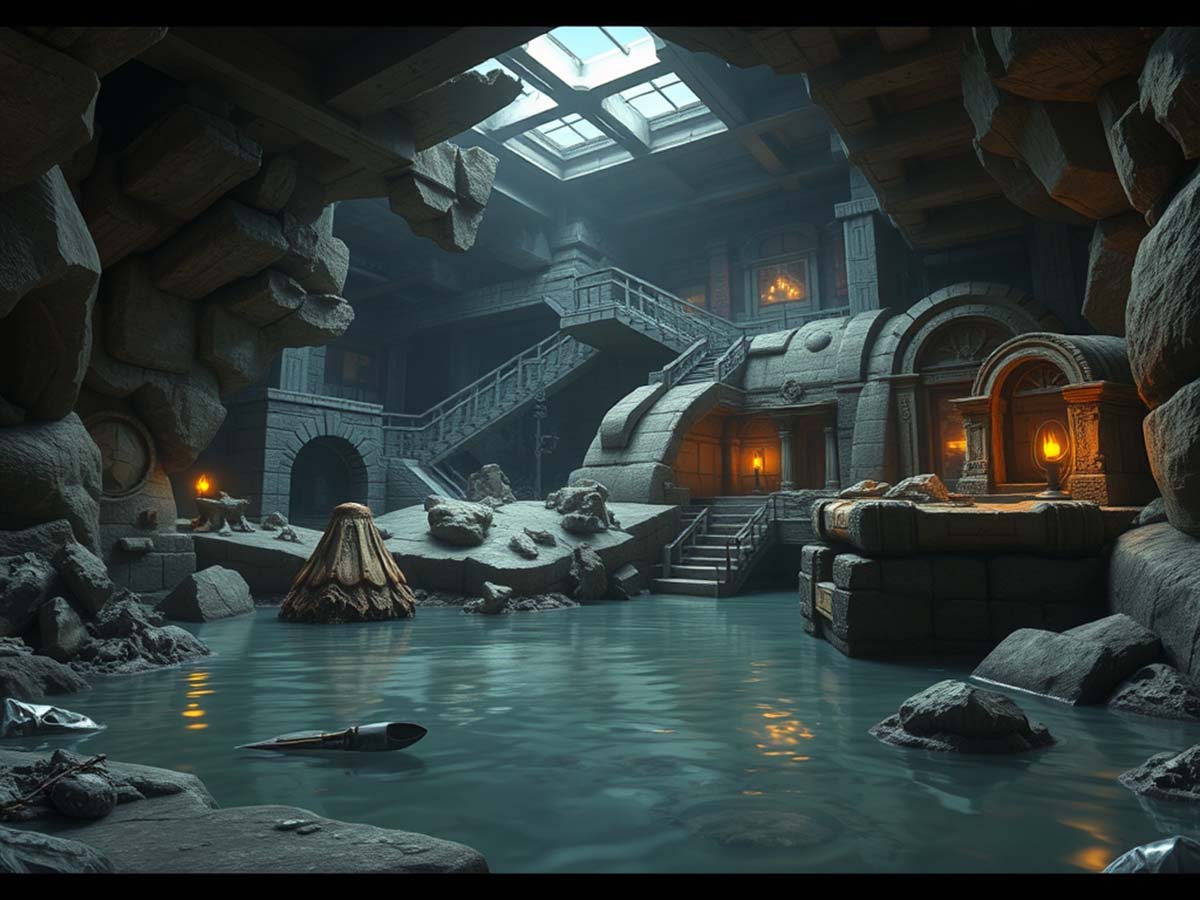Gameplay Mechanics of Monster Hunter
Crafting and Combat Synergy
Hunting in Monster Hunter redefined action role-playing games. Players step into a world where tracking, battling, and defeating colossal creatures becomes an intricate dance of skill and strategy. Unlike traditional RPGs that rely heavily on character leveling, this franchise focuses on player mastery and gear crafting. Every hunt feels distinct, presenting its own set of challenges based on the creature’s behavior, strengths, and weaknesses.
Crafting lies at the core of progression. Success in combat yields materials used to forge and upgrade weapons and armor. These upgrades are not merely cosmetic; they directly impact gameplay. Choosing the right equipment for a particular encounter requires knowledge of both the adversary and the tools at your disposal. This synergy between preparation and execution creates a dynamic experience, rewarding careful planning as much as quick reflexes.
Depth of Combat Systems
Combat itself offers unparalleled depth. Each weapon type—ranging from massive greatswords to nimble dual blades—has its own unique mechanics. Players must master their chosen arsenal, learning to exploit openings and anticipate movements. The seamless blend of tactical preparation and real-time action sets Monster Hunter apart from its contemporaries. Even the smallest misstep can lead to failure, encouraging a meticulous and deliberate approach.
Environmental Dynamics
Environmental interactions add another layer to gameplay. Hazards such as rockslides, poisonous plants, or freezing temperatures can shift the tide of a hunt. Clever use of the environment—triggering traps or leading monsters into dangerous areas—offers creative solutions to seemingly insurmountable odds. These mechanics make the experience feel alive and encourage experimentation.
Role of Companions
Furthermore, the inclusion of Palicoes and Palamutes adds additional layers to strategy. These AI companions assist hunters in various ways, from distracting monsters to providing healing items during critical moments. Their customizable abilities allow players to tailor their support system, ensuring versatility across different hunting scenarios. Whether navigating solo or in multiplayer, these companions elevate the experience by offering tactical flexibility.
Expanding Ecosystems and Lore
Living Worlds
Monster Hunter’s worlds feel alive. Each locale teems with ecosystems that operate independently of player interference. Predators stalk prey, environmental hazards challenge survival, and creatures interact with their surroundings in lifelike ways. This attention to detail immerses players, making hunts feel as though they unfold in a living, breathing world.
Cultural Depth
The franchise’s lore extends beyond the monsters themselves. Villages and cities provide backdrops steeped in culture, where NPCs contribute to the narrative through their unique perspectives. These settlements ground the story, offering glimpses into a society coexisting with monstrous threats. Missions often tie directly to the survival of these communities, lending weight to each successful hunt.
Ecological Storytelling
Ecological storytelling plays a significant role. Monsters are not mindless adversaries; their behaviors suggest territorial instincts, hunting patterns, and survival tactics. Observing these creatures reveals a rich narrative told through action rather than dialogue. This approach engages players in ways traditional exposition cannot, leaving room for personal interpretation and discovery.
Evolving Regions
Beyond the villages, the regions themselves become characters in the narrative. Vast deserts, dense forests, and volcanic fields each harbor distinct ecosystems with their own challenges. From navigating treacherous terrains to understanding how monsters interact with their environments, every moment feels tied to the broader world. These regions become more than backdrops; they shape strategies and immerse players in their intricacies.
Mythical Layers
The inclusion of Elder Dragons adds a mythical layer to the lore. These powerful creatures often serve as climactic encounters, embodying the untamed essence of the game’s world. Their appearances are not only pivotal to the gameplay but also to the overarching narrative, symbolizing the apex of the ecosystem’s natural hierarchy.
Multiplayer Innovations in the Franchise
Cooperative Gameplay
Cooperative gameplay elevates Monster Hunter to new heights. Tackling formidable beasts alongside allies fosters camaraderie and adds layers of strategy. The series’ multiplayer mode emphasizes teamwork, with roles often emerging organically as players adapt to their group’s dynamics.
Communication and Strategy
Communication tools such as pings and gestures streamline coordination without disrupting immersion. These features prove especially useful during intense encounters, where split-second decisions can determine the outcome. Cooperation encourages diversity in playstyles, with players leveraging their unique strengths to complement one another.
Epic Raids
Raids against elder dragons and other apex predators exemplify this synergy. These encounters test not only individual skill but also group cohesion. Success demands coordination, whether through staggering an enemy with a well-timed flash bomb or supporting teammates with healing items. This collaborative experience keeps the gameplay fresh, as no two hunts unfold identically.
Preparation and Community
The multiplayer experience also extends to the preparation phase. Players often strategize together before embarking on hunts, selecting roles and discussing tactics. This level of interaction creates a sense of community rarely seen in similar games. Sharing tips, stories, and triumphs fosters bonds beyond the game itself, solidifying Monster Hunter’s reputation as a social experience.
Technological Advancements
Technological advancements have further enhanced multiplayer. Online matchmaking systems make finding companions seamless, while cross-play options expand accessibility. These innovations ensure that Monster Hunter remains relevant and inclusive, accommodating both casual players and dedicated fans.
Events and Crossovers
Moreover, special events and time-limited challenges offer unique multiplayer content. These events encourage collaborative play while introducing exclusive rewards, further incentivizing engagement. Seasonal festivals and crossovers with other franchises enrich the experience, creating a sense of anticipation and excitement within the community.
The Impact of Monster Hunter on RPGs
Redefining RPG Design
Monster Hunter’s influence extends far beyond its own series. By prioritizing player skill over character statistics, it introduced a paradigm shift in RPG design. Many modern titles borrow elements from its gameplay loop, incorporating mechanics such as resource gathering, crafting, and skill-based combat.
Influences on Other Games
Titles like Dark Souls and Horizon Zero Dawn reflect this inspiration. These games adopt similar principles, rewarding players for learning enemy patterns and adapting their strategies. Monster Hunter’s approach to boss design, where every encounter feels both challenging and fair, has become a gold standard in action RPGs.
Cooperative Legacy
The franchise also pioneered accessible yet deep multiplayer experiences. Its emphasis on cooperation rather than competition has influenced countless cooperative titles, fostering communities that thrive on shared accomplishments. This legacy highlights the series’ enduring appeal and its ability to evolve while staying true to its roots.
World-Building Standards
Beyond mechanics, Monster Hunter’s world-building set a benchmark for creating immersive environments. Its detailed ecosystems and interconnected narratives encourage developers to approach storytelling with a broader perspective. This holistic approach ensures that every element, from gameplay to lore, contributes to a cohesive and engaging experience.
Global Accessibility
Localization efforts have further amplified the series’ impact. Translations and regional adaptations make the games accessible to global audiences without losing their cultural identity. This inclusivity has expanded the fanbase, turning Monster Hunter into a worldwide phenomenon.
Legacy and Emotional Impact
Merchandising and cross-media ventures have also played a role in solidifying the franchise’s influence. From animated series to collaborations with other games, Monster Hunter’s reach extends beyond the gaming sphere. This multifaceted presence strengthens its legacy, ensuring that its contributions to RPGs remain relevant for years to come.
The impact is not merely technical; it is emotional. Monster Hunter instills a sense of accomplishment unmatched by many of its peers. Whether slaying a challenging beast or crafting the perfect weapon, players feel invested in their journey. This emotional connection drives engagement and fosters loyalty, ensuring that the franchise remains a cornerstone of gaming culture.
Future Aspirations
As the series continues to evolve, it leaves an indelible mark on the gaming landscape. Its innovations, immersive worlds, and community-driven experiences set a high bar for future titles, ensuring that Monster Hunter’s legacy endures for generations to come.



